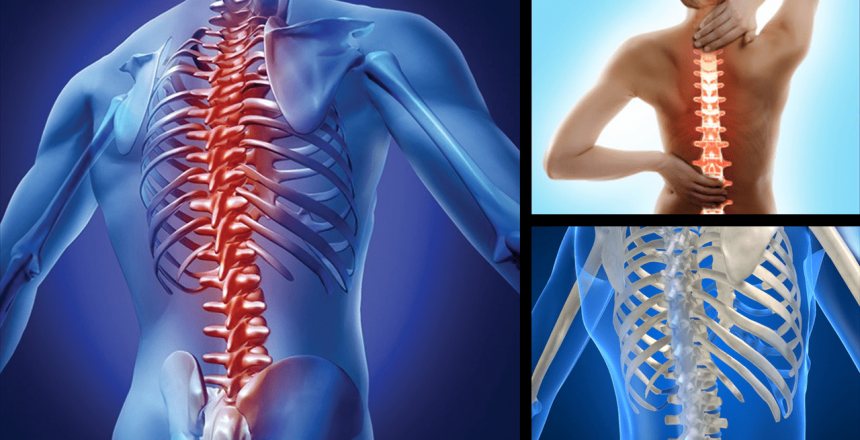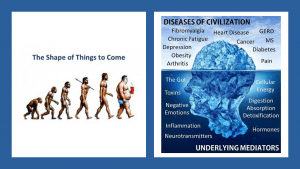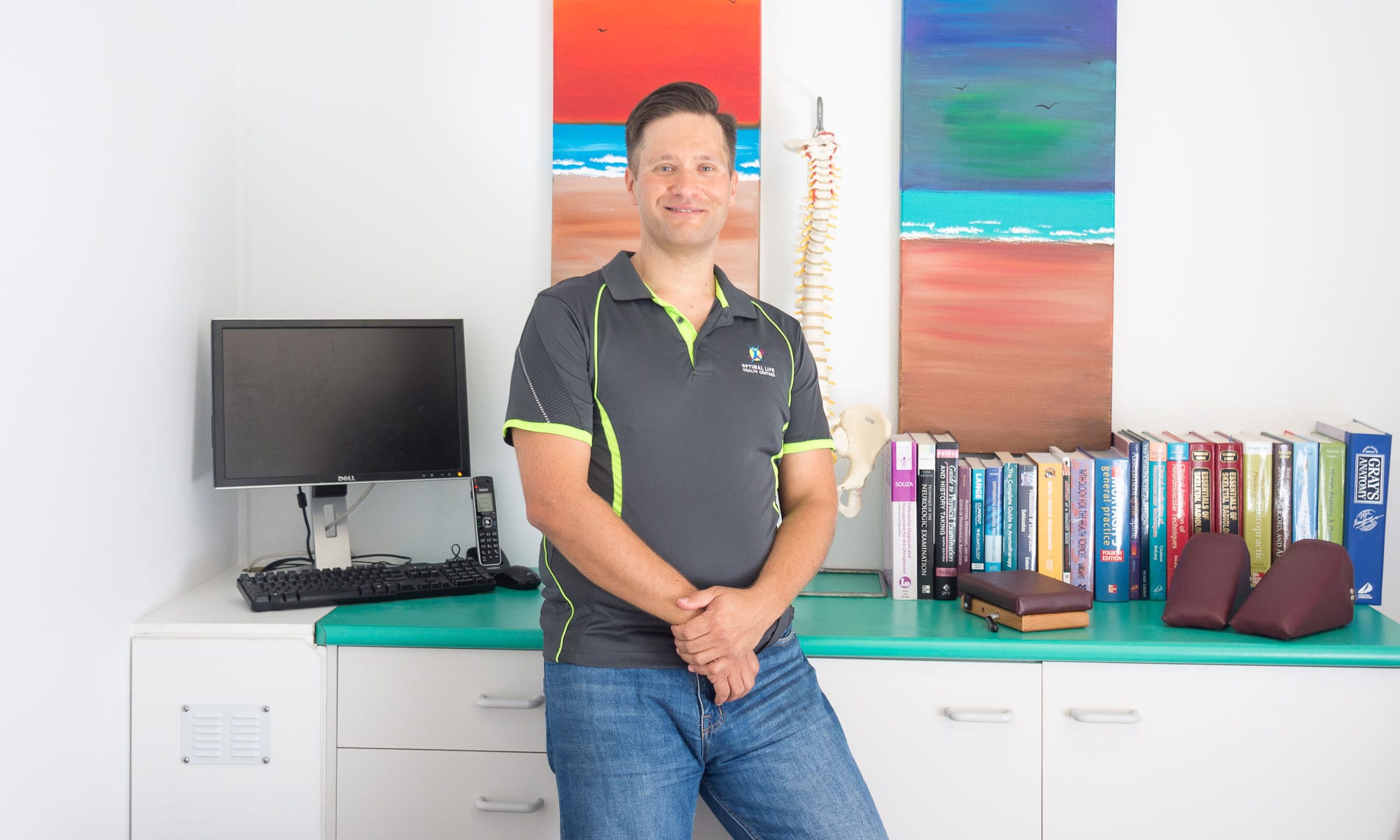It cannot be denied that movement deficiency is a problematic state that can lead to many functional consequences if allowed to continue. This is as true for small degrees of movement deficiency as for large, and as true for small joints of the body as for the large weight-bearing joints like knees.
Vertebral Subluxation Complex (Subluxation, for short) is a chiropractic term to describe the primary ‘entity’ that chiropractic care seeks to locate, resolve and learn how to reduce or eliminate from clients lives. It has at times become a ‘laughing stock’ because of the complicated descriptions and claims made about it and it’s potential effects on human function.
Segmental Movement Deficiency Syndrome
Segmental Movement Deficiency Syndrome is a term coined by our colleage Dr James Chestnut to ‘formalise’ one of the primary claims made by those advocating the ‘afferent’ model (a model which provides both an explanation and a rationale for the body-wide effects of subluxation and so-called ‘miracle’ results that have occurred and been documented over Chiropractic’s history).
In other articles on this site, the case has been made that movement of the body is essential for brain health, and indeed the health of the entire body, due both to the direct effects of movement on the body itself and because of the better control and coordination arising from a better functioning brain.
The vast majority of the nerves that send proprioception (feedback due to movement) – what we have termed “positive body thoughts” – are located in the spine and associated tissues.
When any joint of the body is not moving the way it should, the result is reduced proprioception and increased body ‘stress’ input/feedback to the brain
This increases our ‘adaptive’ strategies (taking us away from health/homeostasis) and results in a lack of the ‘windmill’ powering the brain with positive body thoughts.
Due to such a high concentration of the nerves sensing and transmitting this feedback being found in the spinal joints and tissues, when these joints are not moving correctly the impact of reduced proprioception is magnified.
This is what has been termed ‘segmental movement deficiency syndrome’
This syndrome is a way of describing the KNOWN outcomes on body-wide function that arise from the ongoing mis-alignment and/or inappropriate movement patterns of spinal joints (spinal motion units).
As Chestnut describes:
“Chiropractic restores homeostatic spinal motion and function so that the neurological, biomechanical, histological, biochemical, muscular, vibrational, and energy benefits of movement and exercise can be perceived and translated into homeostatic physiology.”













